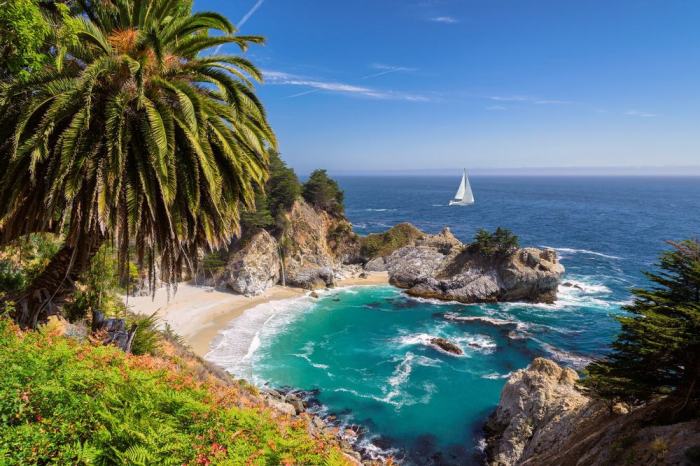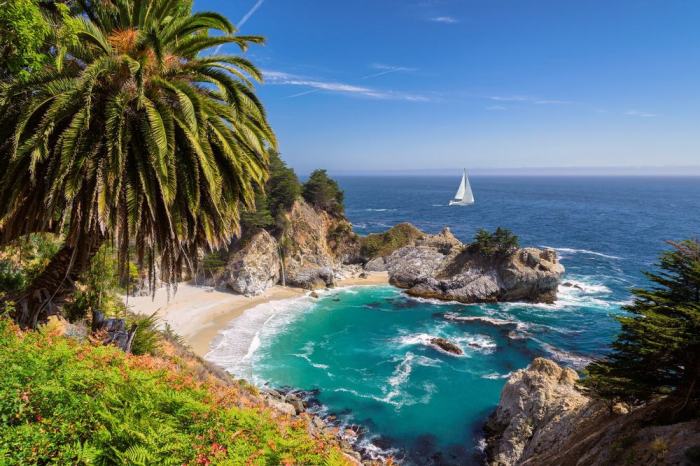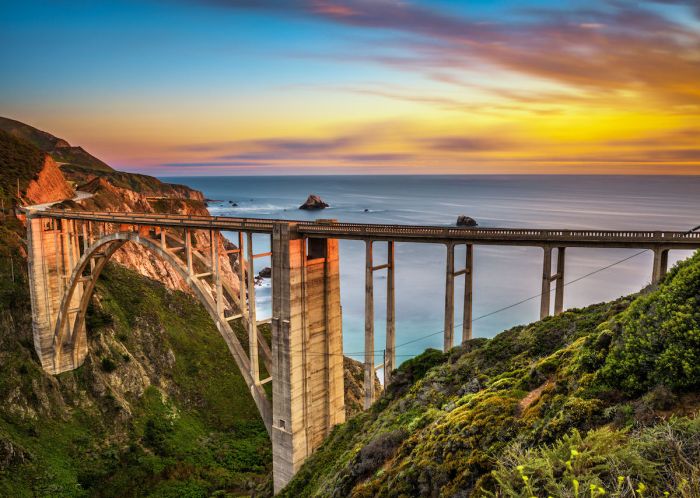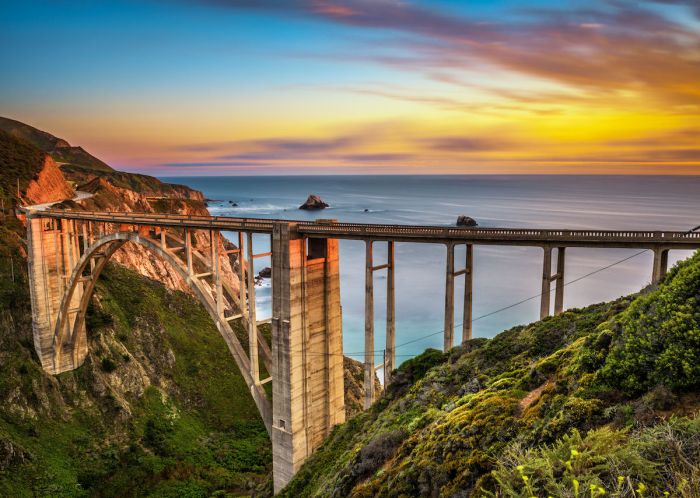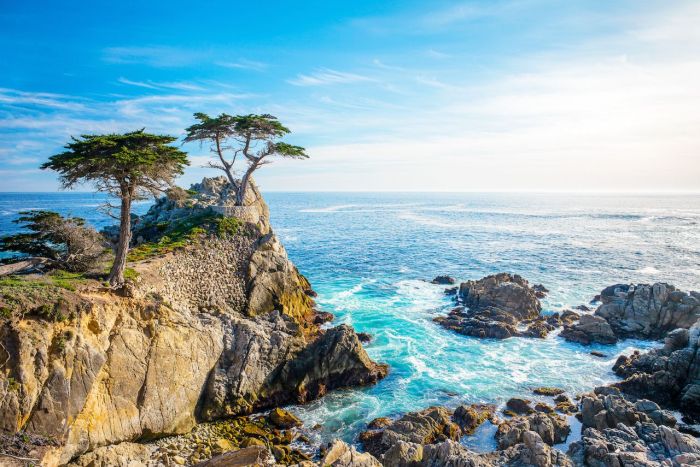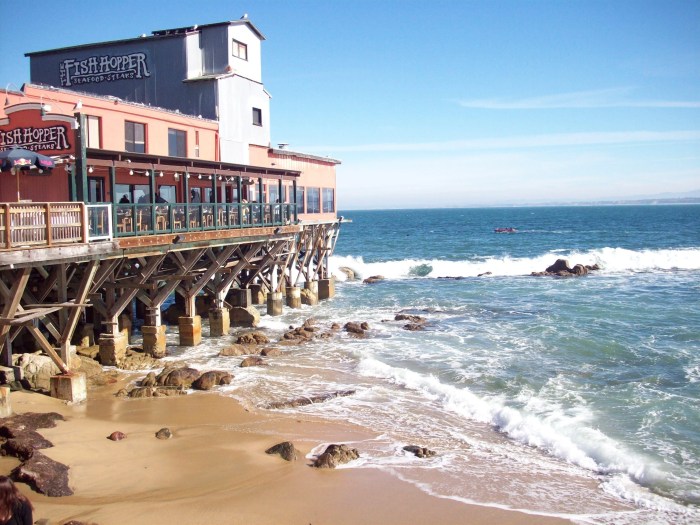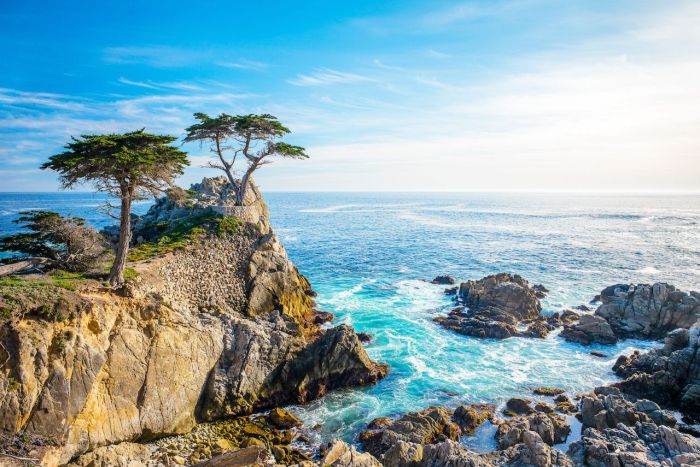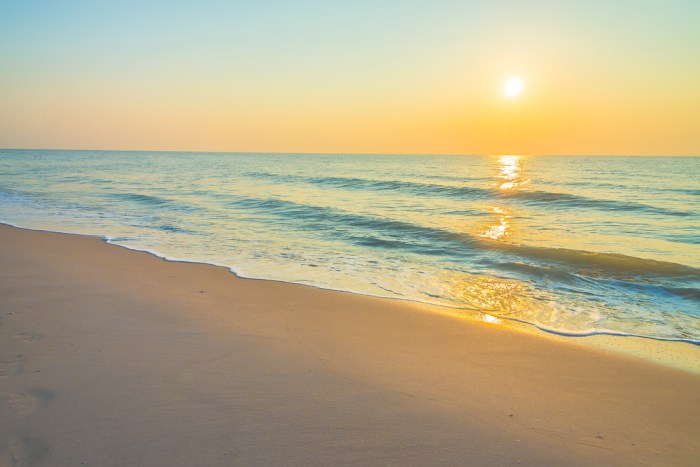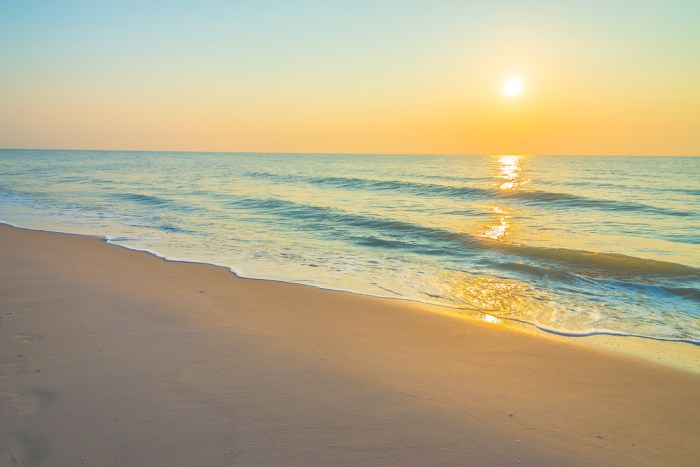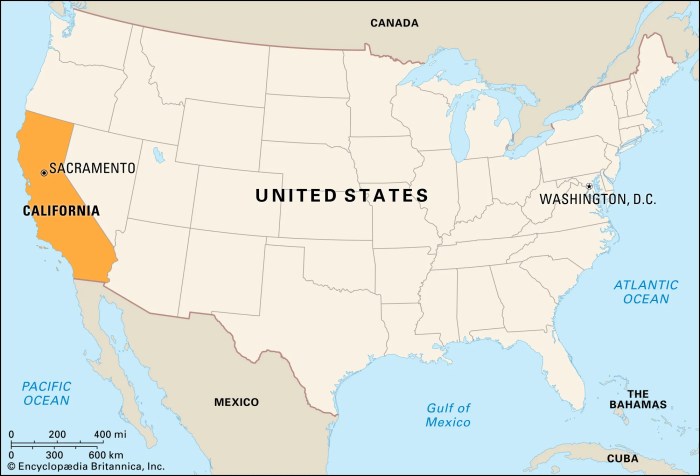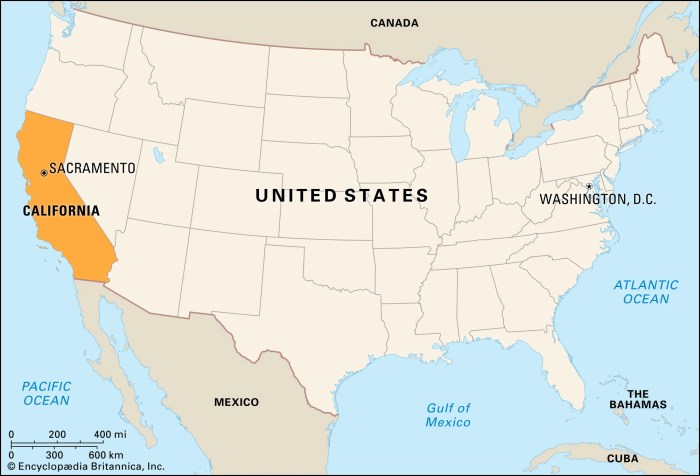Top things to do in Los Angeles: From iconic landmarks to vibrant culture, Los Angeles offers a whirlwind of experiences for every traveler. This guide dives deep into the city’s diverse attractions, highlighting must-see spots, exciting entertainment, and unforgettable foodie adventures. Get ready to explore the magic of LA!
This comprehensive exploration of Los Angeles will cover everything from the glitz and glamour of Hollywood to the laid-back charm of the beaches, ensuring a well-rounded experience for every visitor. Discover the hidden gems and iconic attractions that make Los Angeles a truly unique destination.
Introduction to Los Angeles
Los Angeles, a sprawling metropolis nestled along the California coast, captivates visitors with its unique blend of sun-drenched beaches, iconic Hollywood glamour, and diverse cultural experiences. From the vibrant energy of its bustling neighborhoods to the breathtaking natural beauty of its surrounding landscapes, Los Angeles offers something for every traveler. The city’s enduring appeal stems from its unparalleled combination of entertainment, outdoor recreation, and a rich history that continues to shape its present.The city’s diverse attractions cater to a wide range of interests.
Whether you’re a film buff, a foodie, a history enthusiast, or an outdoor adventurer, Los Angeles provides ample opportunities for exploration and discovery. Its cultural melting pot, reflected in its architecture, cuisine, and artistic expressions, further enhances its appeal, making it a truly unforgettable destination.
The City’s Historical Significance
Los Angeles, originally inhabited by the Tongva people, has a rich and complex history that intertwines with its development as a modern metropolis. Spanish explorers established the area in the 18th century, marking the beginning of European settlement. The city’s growth was fueled by the Gold Rush, the burgeoning film industry, and the development of its agricultural sector.
Today, historical landmarks, museums, and cultural institutions showcase this evolution, allowing visitors to trace the city’s past and understand its present.
Entertainment and Cultural Icons
Los Angeles is synonymous with the entertainment industry. Hollywood, the heart of filmmaking, television, and music, continues to attract aspiring artists and established stars. Numerous studios, theaters, and museums showcase the city’s influence on global culture. Beyond the glitz and glamour, Los Angeles boasts a thriving artistic community, with a plethora of galleries, art installations, and performance venues that cater to diverse tastes.
Outdoor Recreation and Natural Beauty
The Los Angeles area is blessed with a remarkable variety of natural landscapes. From the iconic beaches of Venice and Santa Monica to the towering mountains of the Santa Monica Mountains National Recreation Area, the region offers stunning vistas and opportunities for outdoor activities. Hiking, camping, surfing, and other outdoor pursuits are easily accessible, making Los Angeles a paradise for nature lovers.
The city’s proximity to the Pacific Ocean, coupled with its diverse topography, provides a remarkable array of experiences for those seeking outdoor adventure. Parks, gardens, and hiking trails offer respite from the urban hustle, allowing visitors to connect with nature’s splendor.
Iconic Landmarks and Attractions
Los Angeles boasts a rich tapestry of iconic landmarks, each whispering tales of Hollywood’s golden age, artistic innovation, and the city’s vibrant spirit. From the glittering Walk of Fame to the panoramic views from Griffith Observatory, these landmarks offer a unique glimpse into the city’s soul and history. They draw millions of visitors each year, fueling the city’s economy and cultural identity.These landmarks are more than just tourist attractions; they represent significant moments in time and embody the essence of Los Angeles’s identity.
They reflect the city’s evolution from a burgeoning film center to a global hub for entertainment, art, and culture.
Hollywood Walk of Fame
The Hollywood Walk of Fame is a globally recognized symbol of the entertainment industry. Thousands of stars embedded in the pavement honor celebrities from film, television, music, and radio. This iconic landmark serves as a testament to the city’s enduring influence on global popular culture. It’s a vibrant, bustling area, attracting tourists and locals alike. The Walk of Fame is a significant cultural landmark, constantly being updated and refreshed to reflect the current landscape of entertainment.
Griffith Observatory
Perched atop Mount Hollywood, the Griffith Observatory offers breathtaking views of the Los Angeles basin. It’s a premier destination for stargazers, astronomers, and anyone seeking a panoramic vista of the city. Its historical significance lies in its role as a public science center, providing access to astronomy and science education for all. The observatory has hosted numerous scientific discoveries and educational programs, further enhancing its appeal.
Dolby Theatre
The Dolby Theatre, formerly known as the Kodak Theatre, is a prominent landmark in Hollywood, synonymous with the Academy Awards. The grandeur of the theatre, coupled with its association with the prestigious Oscars ceremony, solidifies its place as a symbol of cinematic excellence. The theatre is not only a venue for major events but also a cultural icon representing the enduring allure of the film industry.
It showcases a blend of architectural design and historical significance.
| Landmark | Address | Opening Hours |
|---|---|---|
| Hollywood Walk of Fame | Various locations along Hollywood Boulevard and Vine Street | Open 24 hours |
| Griffith Observatory | 2800 E Observatory Rd, Los Angeles, CA 90027 | Generally open daily, specific hours vary. Check the official website for the most up-to-date information. |
| Dolby Theatre | 6801 Hollywood Blvd, Los Angeles, CA 90028 | Hours vary depending on events; check the official website for the most up-to-date information. |
Entertainment and Culture
Los Angeles pulsates with a vibrant energy, fueled by its diverse entertainment and cultural offerings. From iconic movie studios to world-class museums, the city provides a unique blend of artistic expression and cinematic magic. This section delves into the captivating world of entertainment and culture that Los Angeles has to offer.Beyond the Hollywood glamour, lies a deep-rooted cultural heritage that manifests in countless festivals, art galleries, and museums.
The city is a melting pot of creativity, where innovation flourishes alongside traditions.
Movie Studios and Production, Top things to do in los angeles
Los Angeles is synonymous with filmmaking. Major studios like Warner Bros., Paramount, and Disney, along with numerous independent production houses, are scattered throughout the city. These studios often offer tours that provide a glimpse into the intricate process of filmmaking, from scriptwriting to post-production. These facilities also provide employment opportunities for aspiring artists and technicians, making the city a hotbed for creative endeavors.
Live Music Venues and Theaters
Los Angeles boasts a diverse range of live music venues, catering to every taste. From intimate jazz clubs to massive arenas hosting international music stars, the city’s music scene is a dynamic tapestry of sounds. Similarly, the city’s theaters showcase a wide array of productions, from Broadway-style musicals to experimental plays. These venues are often the stage for emerging talents and renowned performers alike.
Museums and Art Galleries
Los Angeles’ cultural scene is enriched by a multitude of museums and art galleries. These institutions house diverse collections, spanning various artistic mediums and historical periods. From world-renowned masterpieces to emerging local talent, the city provides ample opportunities to appreciate and engage with the arts.
Los Angeles is packed with iconic sights, from Hollywood Walk of Fame to the beaches. But if you’re looking for a unique escape, check out a travel guide to St. Croix in the US Virgin Islands. For a truly immersive experience, I highly recommend exploring the diverse landscapes and hidden gems offered by this destination. It’s a great change of pace from the bustling city life, but no matter where you travel, Los Angeles always offers something special for everyone.
travel guide st croix travel us virgin. From museums to outdoor adventures, there’s always something to discover in the City of Angels.
| Museum/Gallery | Notable Collections |
|---|---|
| Getty Center | European paintings, sculptures, and decorative arts, significant collection of Impressionist and Post-Impressionist works. |
| Los Angeles County Museum of Art (LACMA) | Comprehensive collection encompassing various art forms from around the world, with strong holdings in Asian art and contemporary art. |
| Broad | Modern and contemporary art, including significant works by renowned artists like Picasso, Warhol, and Rothko. |
| The Museum of Contemporary Art (MOCA) | Focused on contemporary art, featuring both established and emerging artists, presenting thought-provoking exhibitions. |
A Significant Cultural Event: The Hollywood Bowl
The Hollywood Bowl is a world-renowned outdoor amphitheater hosting a wide range of performances. From classical concerts to rock concerts and film scores, it provides a unique experience of live entertainment under the stars. The Bowl’s historical significance and acoustic design are essential components of its reputation as a premier venue for both local and international artists. The acoustics and the stunning views of the surrounding hills create an unforgettable experience.
Outdoor Activities and Recreation
Los Angeles offers a stunning array of outdoor experiences, from sun-drenched beaches to towering mountains. This vibrant city seamlessly blends urban excitement with natural beauty, making it a haven for outdoor enthusiasts. Whether you crave a relaxing beach day, an invigorating hike, or a thrilling bike ride, Los Angeles has something to offer.Exploring the diverse landscapes and engaging in outdoor activities are key parts of experiencing the true essence of Los Angeles.
The city’s parks and beaches provide ample opportunities for recreation and connection with nature, complementing the urban amenities and cultural attractions.
Hiking and Trail Adventures
Los Angeles boasts a network of trails that cater to various experience levels, from leisurely strolls to challenging climbs. From the iconic Griffith Observatory to the sprawling wilderness of the Angeles National Forest, hikers can discover a wide range of trails. The varied terrain offers stunning views of the city, surrounding mountains, and valleys. The diverse ecosystems support a rich array of flora and fauna, enhancing the natural beauty and biodiversity of the region.
Biking and Cycling Routes
Los Angeles’ bike-friendly infrastructure and scenic routes make it a popular destination for cyclists. From paved paths along the coast to mountain trails, there’s a cycling experience for every preference. The city offers a range of routes that cater to different fitness levels, ensuring enjoyable cycling experiences for all. The combination of urban and natural landscapes creates a unique and engaging cycling environment.
Beach Excursions and Coastal Delights
The iconic beaches of Los Angeles offer a variety of activities, from swimming and sunbathing to surfing and beach volleyball. The wide stretches of sand and calm waters create an ideal setting for relaxation and enjoyment. The vibrant beach culture adds to the overall experience, with lively atmospheres and diverse offerings.
Nearby Destinations for Outdoor Enthusiasts
Beyond the city limits, Los Angeles serves as a gateway to a multitude of outdoor destinations. The nearby mountains offer challenging hiking trails, and national parks provide vast wilderness areas for exploration. These nearby destinations cater to diverse interests, from nature lovers to adventure seekers. The accessible locations offer an extension of the city’s outdoor opportunities.
Parks and Beaches Table
| Park/Beach | Features | Activities |
|---|---|---|
| Santa Monica State Beach | Wide sandy beach, pier, boardwalk, amusement park | Swimming, sunbathing, surfing, fishing, amusement park rides |
| Venice Beach | Unique boardwalk, street performers, Muscle Beach | People-watching, street art, surfing, skateboarding, swimming |
| Griffith Park | Observatory, hiking trails, museums, zoo | Hiking, biking, picnicking, visiting the Griffith Observatory, enjoying the zoo |
| Runyon Canyon | Scenic views, challenging trails | Hiking, photography, enjoying panoramic city views |
| El Matador State Beach | Dramatic cliffs, tide pools, secluded coves | Hiking, rock climbing, wildlife viewing, tide pool exploration |
Foodie Experiences
Los Angeles is a culinary paradise, a melting pot of flavors and experiences. From Michelin-starred restaurants to vibrant food trucks, the city offers something for every palate and budget. The diversity of the city is reflected in its diverse food scene, where you can find everything from classic American fare to the most exotic international dishes.The city’s culinary scene is constantly evolving, with new restaurants and food stalls popping up all the time.
This dynamism creates an exciting and vibrant atmosphere for foodies, encouraging exploration and discovery of new tastes and experiences. Whether you’re a seasoned gourmand or a curious newcomer, Los Angeles offers a tantalizing journey through the world of food.
Los Angeles offers iconic sights like Hollywood Walk of Fame and the Griffith Observatory. Planning a trip to the Maldives? Don’t forget to check the visa requirements for the Maldives before you go visa requirements for maldives. And once you’re all set, you can also enjoy the vibrant nightlife, delicious food, and world-class shopping in Los Angeles.
Renowned Restaurants
Los Angeles boasts a prestigious collection of restaurants, each with its own unique culinary identity. These establishments often feature innovative techniques, locally sourced ingredients, and a dedication to elevating the dining experience. The city’s diverse culinary landscape allows for a rich variety of dining choices.
- Spago, a legendary restaurant known for its sophisticated French cuisine and celebrity clientele, showcases exceptional culinary artistry and impeccable service. It is known for its refined ambiance and dedication to high-quality ingredients.
- Gracias Madre, a celebrated Mexican restaurant, offers a warm and welcoming atmosphere, along with traditional and modern interpretations of Mexican cuisine. It features a cozy ambiance and a commitment to quality ingredients.
- The Broad, a contemporary art museum, houses a superb restaurant that complements its artistic exhibitions with creative culinary presentations and an exceptional dining experience. It’s a unique and elegant setting, combining art and cuisine.
Food Trucks: A Street Food Revolution
Food trucks have become an integral part of the Los Angeles culinary scene, offering diverse and affordable options to satisfy a wide range of tastes. The accessibility and affordability of food trucks have made them a popular choice for both locals and tourists alike. They are a vibrant reflection of the city’s dynamic food culture.
- The proliferation of food trucks in Los Angeles has transformed street food into a culinary art form, offering diverse culinary experiences in a casual setting. Many trucks specialize in specific cuisines, allowing for easy access to a range of flavors.
- Food trucks often offer innovative dishes and creative combinations of ingredients, providing unique and exciting culinary adventures. This flexibility allows for diverse tastes to be accommodated.
Unique Dining Experiences
Beyond the established restaurants and food trucks, Los Angeles offers a plethora of unique dining experiences. These experiences range from immersive culinary tours to specialized food festivals and events. The city embraces creativity and innovation in the food sector, leading to unique experiences.
- A visit to a farmers market provides an authentic taste of local produce and artisan products, offering a unique experience that combines fresh ingredients with community interaction.
- Culinary classes provide hands-on learning opportunities, enabling participants to explore specific cuisines and cooking techniques. These classes are a great way to enhance your culinary knowledge and create memorable experiences.
Top Restaurants and Food Trucks
| Restaurant/Food Truck | Specialties |
|---|---|
| Spago | Sophisticated French cuisine, high-quality ingredients |
| Gracias Madre | Traditional and modern Mexican cuisine, warm atmosphere |
| The Broad Restaurant | Creative culinary presentations, art-inspired dishes |
| Kogi BBQ | Korean BBQ, innovative flavor combinations |
| Umami Burger | Gourmet burgers, creative toppings |
Shopping and Retail Experiences
Los Angeles boasts a vibrant and diverse shopping scene, catering to every taste and budget. From high-end designer boutiques to bustling farmers’ markets, the city offers a unique retail experience for both locals and tourists. The sheer variety of options ensures there’s something for everyone, whether you’re seeking designer goods, unique handmade crafts, or affordable everyday essentials.The shopping landscape in Los Angeles is a reflection of its diverse population and cultural influences.
This translates into a dynamic blend of experiences, where you can find everything from the latest fashion trends to vintage treasures, and from gourmet food to artisanal crafts.
Best Shopping Areas in Los Angeles
Los Angeles offers a range of shopping destinations, each with its own unique character. This variety allows shoppers to explore different styles and experiences, from the high-end luxury of Rodeo Drive to the local charm of the Arts District.
- Rodeo Drive: Renowned for its high-end boutiques and luxury brands, Rodeo Drive offers a luxurious shopping experience. Expect to find flagship stores of top international designers, along with exclusive jewelry and accessory boutiques. The experience is focused on high-end fashion and sophistication. This area appeals to affluent shoppers and tourists seeking a taste of luxury retail.
- The Grove: This upscale outdoor shopping mall blends retail with entertainment and dining. The Grove offers a more relaxed and inviting shopping atmosphere compared to Rodeo Drive. It houses a mix of high-end and mid-range stores, alongside restaurants and cafes. This location appeals to families, couples, and tourists looking for a pleasant shopping and dining experience.
- The Arts District: This trendy neighborhood offers a unique blend of vintage shops, art galleries, and independent boutiques. Expect to find unique and one-of-a-kind items, from clothing and accessories to home decor. The experience is focused on discovering artisan goods and supporting local businesses. This area appeals to fashion-conscious individuals, art enthusiasts, and those seeking unique items.
- Farmers Markets: Los Angeles has numerous farmers markets, providing a direct connection to local farmers and producers. These markets offer fresh produce, local goods, and artisanal products. The experience is focused on sustainability, community engagement, and fresh food. This location appeals to health-conscious consumers, foodies, and those seeking unique and fresh items.
Comparison of Shopping Areas
| Shopping Area | Unique Characteristics | Target Audience |
|---|---|---|
| Rodeo Drive | High-end boutiques, luxury brands, sophisticated atmosphere. | Affluent shoppers, tourists seeking luxury experiences. |
| The Grove | Upscale outdoor mall, mix of high-end and mid-range stores, dining and entertainment. | Families, couples, tourists seeking a pleasant shopping and dining experience. |
| The Arts District | Vintage shops, art galleries, independent boutiques, unique items. | Fashion-conscious individuals, art enthusiasts, those seeking unique items. |
| Farmers Markets | Fresh produce, local goods, artisanal products, community engagement. | Health-conscious consumers, foodies, those seeking unique and fresh items. |
Accommodation Options: Top Things To Do In Los Angeles
Los Angeles offers a dazzling array of accommodation options to suit every budget and preference. From luxurious hotels to cozy vacation rentals, you’ll find the perfect place to rest your head after exploring the city’s vibrant attractions. Understanding the nuances of each type, along with pricing and amenities, is key to making the most informed choice.Finding the right place to stay in LA is more than just a matter of finding a roof over your head; it’s about selecting an experience that complements your trip.
Whether you’re seeking a lavish spa retreat, a family-friendly haven, or a stylish urban escape, the city has a multitude of options. Knowing the differences in style and price will allow you to zero in on the perfect fit for your travel needs.
Hotel Options
Hotels in Los Angeles cater to a wide range of tastes and budgets. From iconic luxury chains to boutique hotels, the choices are vast. Chain hotels often offer a recognizable brand experience and predictable amenities, while boutique hotels typically offer a more personalized and unique atmosphere. Prices for hotel rooms vary significantly based on location, amenities, and seasonality.
Downtown hotels, for example, tend to be more expensive than those further from the city center.
Resort Experiences
Los Angeles resorts often provide a more secluded and luxurious experience. These accommodations frequently boast expansive grounds, swimming pools, spas, and other recreational facilities. Resorts often attract families and couples seeking a relaxing getaway from the bustling city. Prices for resort stays generally reflect the added amenities and spaciousness, usually exceeding those of standard hotels.
Los Angeles is packed with iconic sights, from Hollywood Walk of Fame strolls to beach days. But, while exploring the sunny shores of California, it’s important to consider the global impact of environmental concerns like the alarming coral loss in the Great Barrier Reef, a vital ecosystem. Thankfully, there are still many incredible experiences to have in LA, from museums to hikes.
Learning about the great barrier reef lost coral situation can spark your interest in conservation, which will then make the best LA experiences even more meaningful.
Vacation Rentals
Vacation rentals offer a unique alternative to hotels and resorts. They provide more space, often with kitchen facilities, and a greater sense of home. This is especially attractive for families or groups traveling together. Vacation rentals can range from cozy apartments to sprawling houses, catering to diverse needs and budgets. The pricing structure for rentals is typically influenced by the size and location of the property, as well as the length of the stay.
Comparing Accommodation Options
| Accommodation Type | Pricing Range (USD per night) | Typical Amenities |
|---|---|---|
| Luxury Hotels | $500+ | Fine dining, spa services, concierge, premium amenities |
| Boutique Hotels | $200-$500 | Unique design, personalized service, often located in trendy areas |
| Resorts | $300-$800+ | Swimming pools, spas, fitness centers, extensive grounds, restaurants |
| Vacation Rentals (Apartments) | $100-$500+ | Kitchen, living room, bedrooms, potentially laundry facilities |
| Vacation Rentals (Houses) | $200-$1000+ | Multiple bedrooms, larger kitchens, outdoor space, potentially multiple bathrooms |
Choosing the right accommodation depends on your priorities. Consider factors like budget, desired level of luxury, proximity to attractions, and the size of your group. If you’re traveling with children, a vacation rental with a kitchen might be a more budget-friendly and convenient option. If you’re looking for a relaxing escape, a resort might be ideal. Research and compare options thoroughly before making a booking.
Reviewing online reviews and comparing amenities and pricing will help you make the best choice.
Travel Tips and Practical Information
Los Angeles, a vibrant city of diverse attractions, offers a unique experience for every visitor. Understanding the city’s nuances, from transportation to local customs, can significantly enhance your trip. This section provides essential practical information to help you navigate Los Angeles efficiently and safely.Navigating Los Angeles effectively requires an understanding of its expansive layout and diverse transportation options. From bustling freeways to intricate public transit systems, a well-planned approach is crucial.
This section also addresses safety concerns and cultural sensitivity, allowing you to immerse yourself in the city’s culture comfortably and confidently. Budgeting and planning ahead are vital for optimizing your trip, and this section provides useful strategies to make the most of your time and money.
Transportation Options
Los Angeles boasts a complex but extensive transportation network. Understanding the various modes of transportation is key to efficiently navigating the city. The Metro Rail system offers a reliable way to travel between key destinations, while the bus system provides more extensive coverage. Ride-sharing services like Uber and Lyft are readily available, providing flexibility for point-to-point travel.
Car rentals are also a popular choice, allowing you to explore at your own pace. However, traffic congestion can be significant, particularly during peak hours. Consider the pros and cons of each option based on your itinerary and preferences when planning your travel.
Safety Guidelines
Prioritizing safety is paramount for any trip. Los Angeles, like any major city, has certain safety considerations. Be mindful of your surroundings, especially in crowded areas, and avoid walking alone at night in less well-lit neighborhoods. Keep valuables secure and be aware of pickpockets in crowded tourist areas. Report any suspicious activity immediately to local authorities.
Always choose well-lit and populated routes for walking and follow your common sense.
Local Customs and Etiquette
Los Angeles is a melting pot of cultures, reflecting in its local customs and etiquette. While generally welcoming to visitors, understanding some basic social norms can enhance your experience. Be respectful of personal space and maintain appropriate conversation tones. Familiarize yourself with local dining customs and etiquette. Understanding the local customs ensures that you navigate the social landscape gracefully and respectfully.
Budgeting and Planning
Budgeting is an essential part of planning any trip, and Los Angeles is no exception. Accommodation costs, transportation expenses, and food costs can vary significantly depending on your choices. Consider a range of accommodation options, from budget-friendly hostels to luxury hotels, to find a suitable option for your budget. Likewise, explore the diverse dining options, from casual eateries to upscale restaurants, to find meals that suit your needs.
Research and compare prices for attractions and activities in advance.
Key Travel Tips and Precautions
“Plan your transportation in advance, considering traffic conditions. Be aware of your surroundings, especially at night and in crowded areas. Respect local customs and etiquette, and maintain appropriate conversation tones. Create a budget and research prices for attractions and activities in advance. Always prioritize your safety and be mindful of your belongings.”
Visual Representation of Top Experiences
Los Angeles, a city brimming with vibrant experiences, demands a visual narrative to truly capture its essence. This section delves into the visual elements that highlight the diverse offerings, from iconic landmarks to hidden gems. Each image, with its accompanying description, aims to evoke the sights, sounds, and atmosphere of these experiences, transporting the reader to the heart of the city.Images are powerful tools for conveying a sense of place and atmosphere.
They serve as portals to the experiences described throughout the article, solidifying the reader’s understanding and appreciation of the multifaceted nature of Los Angeles. The detailed descriptions emphasize the sensory details that create a vivid and memorable image in the reader’s mind.
Iconic Landmarks and Attractions
The grandeur of iconic landmarks, like the Hollywood Sign, the Griffith Observatory, and the TCL Chinese Theatre, is best appreciated visually. Imagine a breathtaking sunrise over the Hollywood Sign, the golden hues painting the sky while the quiet city awakens. This image, accompanied by the sounds of birds chirping and the distant murmur of traffic, evokes a sense of peace and wonder.
Another image could depict the bustling energy of the TCL Chinese Theatre, filled with the sounds of tourists taking photos and the rhythmic clatter of footsteps on the pavement. This visual illustrates the lively atmosphere and historical significance of the location. The detailed image of the Griffith Observatory, with the night sky ablaze with stars, shows the vastness of the universe and the scientific exploration it represents.
Entertainment and Culture
The pulsating energy of live music venues, film studios, and theatrical performances in Los Angeles is best captured through evocative images. A picture of a packed concert hall, bathed in the warm glow of stage lights, filled with the vibrant sounds of music and the enthusiastic cheers of the crowd, effectively showcases the electrifying atmosphere of a live performance. Imagine a vibrant street fair, filled with the smells of diverse cuisines and the lively sounds of music, with people laughing and dancing.
This image encapsulates the vibrant cultural tapestry of Los Angeles. A photo of a bustling movie set, with actors and crew working diligently, captures the relentless pursuit of cinematic dreams.
Outdoor Activities and Recreation
The stunning landscapes of Los Angeles, from the beaches to the mountains, are best showcased through captivating images. A photograph of surfers riding the waves at sunset, with the golden light reflecting off the ocean’s surface, highlights the thrill and beauty of the outdoors. Imagine a picturesque hike through the Hollywood Hills, with the city spread out like a tapestry below.
The sounds of nature, such as birdsong and the rustling of leaves, and the breathtaking views enhance the experience. An image of a group of people picnicking in a park, with the warmth of the sun and the laughter of friends, embodies the recreational opportunities.
Foodie Experiences
The vibrant culinary scene of Los Angeles is best conveyed through images of diverse food stalls at a farmer’s market, the aroma of freshly baked bread and spices filling the air. Imagine the sights of an outdoor food truck rally, with various cuisines on display, each enticing with its unique flavors and colors. A detailed image of a bustling restaurant, filled with the sounds of conversation and the clinking of cutlery, illustrates the vibrant dining experience.
The photo of a chef expertly preparing a dish, with the vibrant colors and textures of the ingredients, highlights the artistic creativity in culinary experiences.
Shopping and Retail Experiences
The luxury shopping scene and trendy boutiques of Los Angeles are best presented through images of high-end stores, gleaming with designer items, and the quiet elegance of exclusive boutiques. Imagine the sights of a luxury shopping street, filled with the sounds of hushed conversations and the gentle clinking of jewelry. A photo of a trendy clothing store, showcasing unique designs and styles, represents the fashionable essence of the area.
The image of a bustling farmers market, with a plethora of fresh produce and local crafts, illustrates the vibrant atmosphere and community spirit.
Accommodation Options
Images showcasing the diverse range of accommodations, from luxurious hotels to cozy guesthouses, are crucial for highlighting the options available. A picture of a stylish hotel lobby, with its elegant décor and the gentle murmur of conversation, illustrates the refined atmosphere of a luxurious stay. Imagine the warmth and coziness of a boutique guesthouse, with its comfortable seating and welcoming ambiance.
A photo of a vibrant hostel, filled with the sounds of socializing and laughter, represents the energetic vibe of budget-friendly stays.
Final Wrap-Up

In conclusion, Los Angeles is a city of contrasts, offering something for everyone. From the historic landmarks to the vibrant culinary scene, and the thrilling outdoor adventures, there’s a world of possibilities waiting to be discovered. Plan your trip today and embark on an unforgettable Los Angeles adventure!

